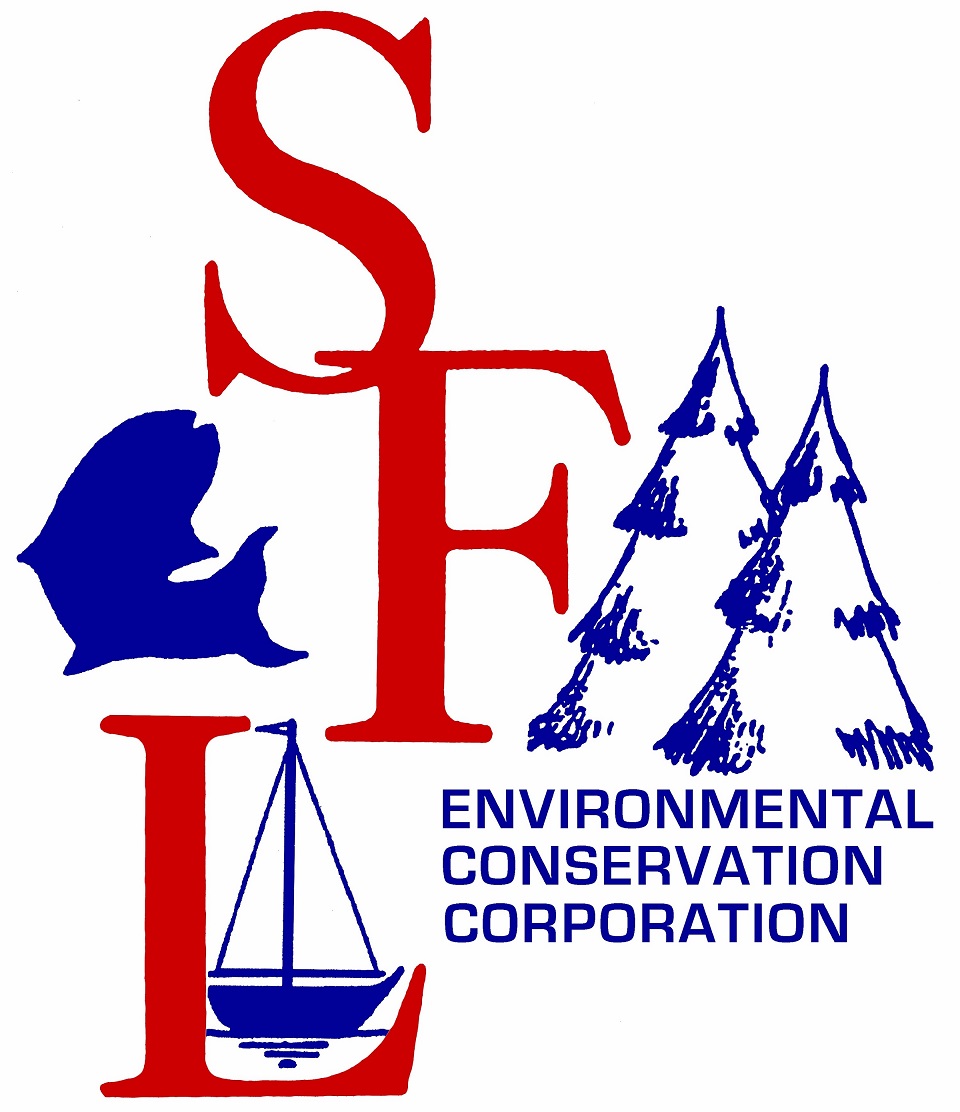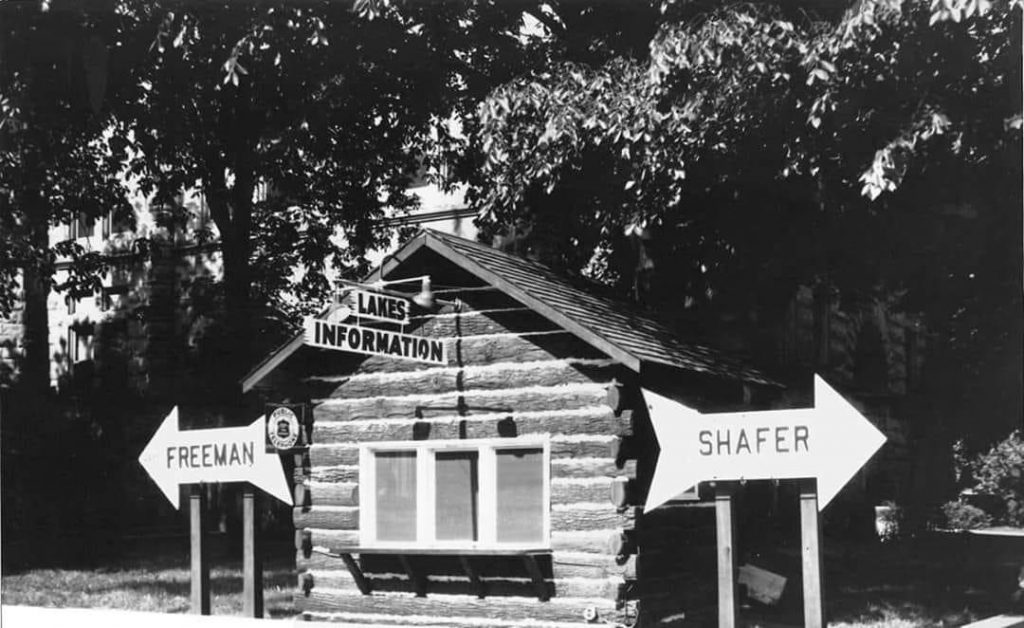NIPSCO continues to maintain close coordination with local officials to closely monitor the drought conditions and extended lack of rain and water flow along the Tippecanoe River, which has resulted in low lake levels at Lake Freeman where the Oakdale Hydroelectric Dam is situated.
An Abnormal River Condition (ARC) Warning was issued in early August, requiring NIPSCO to adjust operations to maintain a defined level of flow through its Oakdale Dam along Lake Freeman to comply with the Endangered Species Act, which is federally mandated and enforced by the U.S. Fish and Wildlife Services (USFWS).
Without a significant rainfall or water upstream, the use of Lake Shafer – where NIPSCO’s Norway Hydroelectric Dam is situated – may be required to maintain compliance, which could potentially affect lake levels at Lake Shafer. The timing and degree of any potential drawdown of Lake Shafer is dependent on weather, but current projections indicate such activity could occur as early as this year.
During normal operations, NIPSCO is required to operate both dams as “Run-of-Rivers”, under its license from the Federal Energy Regulatory Commission (FERC). This requires NIPSCO, to the maximum extent practicable, to match the outflow from the Norway Dam to the sum of the inflows to Lake Shafer, and the outflow of the Oakdale Dam has to match the sum of the inflows to Lake Freeman.
During times of drought when there is a lack of rainfall for an extended period of time – as experienced this summer – there is less water moving down the river. FERC refers to those instances as “Abnormal River Conditions,” and due to the presence of endangered mussels, provides specific guidance on how much water must be discharged from Oakdale Dam. When Abnormal River Conditions persist – which it has done – it causes Lake Freeman levels to drop.
If there is not enough water in Lake Freeman to maintain the required flows through the Oakdale Dam, NIPSCO may need to utilize the Norway Dam to draw on Lake Shafer in order to meet the federal requirements. NIPSCO is requesting a temporary variance from FERC in the event that drought conditions persist and Lake Shafer water is needed to comply with the federal requirements.
The specific manner in which NIPSCO will manage both lakes in these conditions, including how the drawdown and reloading occurs, is dependent on safe operation of the dams and how weather conditions evolve.
For an ARC event to be lifted, the 24-hour average must rise above 410 cfs at the Buffalo USGS gauge and the 24-hour average must rise above 300 cfs at the Winamac USGS gauge. Current information may be found at www.nipsco.com/hydro.
LAKE SHAFER ADDITIONAL FAQs
Can’t NIPSCO just continue using Lake Freeman to comply with the Endangered Species Act?
No, without additional water or rainfall, there is not sufficient water in Lake Freeman to maintain the required flows through the Oakdale Hydroelectric Dam.
When water levels begin to return/increase, how will the refilling process occur?
As water levels begin to return, NIPSCO will attempt to fill both lakes as close to the same time as reasonably possible to balance the stability of the Norway Dam on both sides.
How long will NIPSCO utilize Lake Shafer to maintain the required flows through the Oakdale Dam?
NIPSCO has requested a temporary variance to allow for the use of Lake Shafer until the elevation at Lake Freeman has returned to normal operating levels (610.35 ft). The temporary variance will expire after that point. NIPSCO is not able to predict how long the current drought conditions will continue, as it is dependent on weather and additional water.

